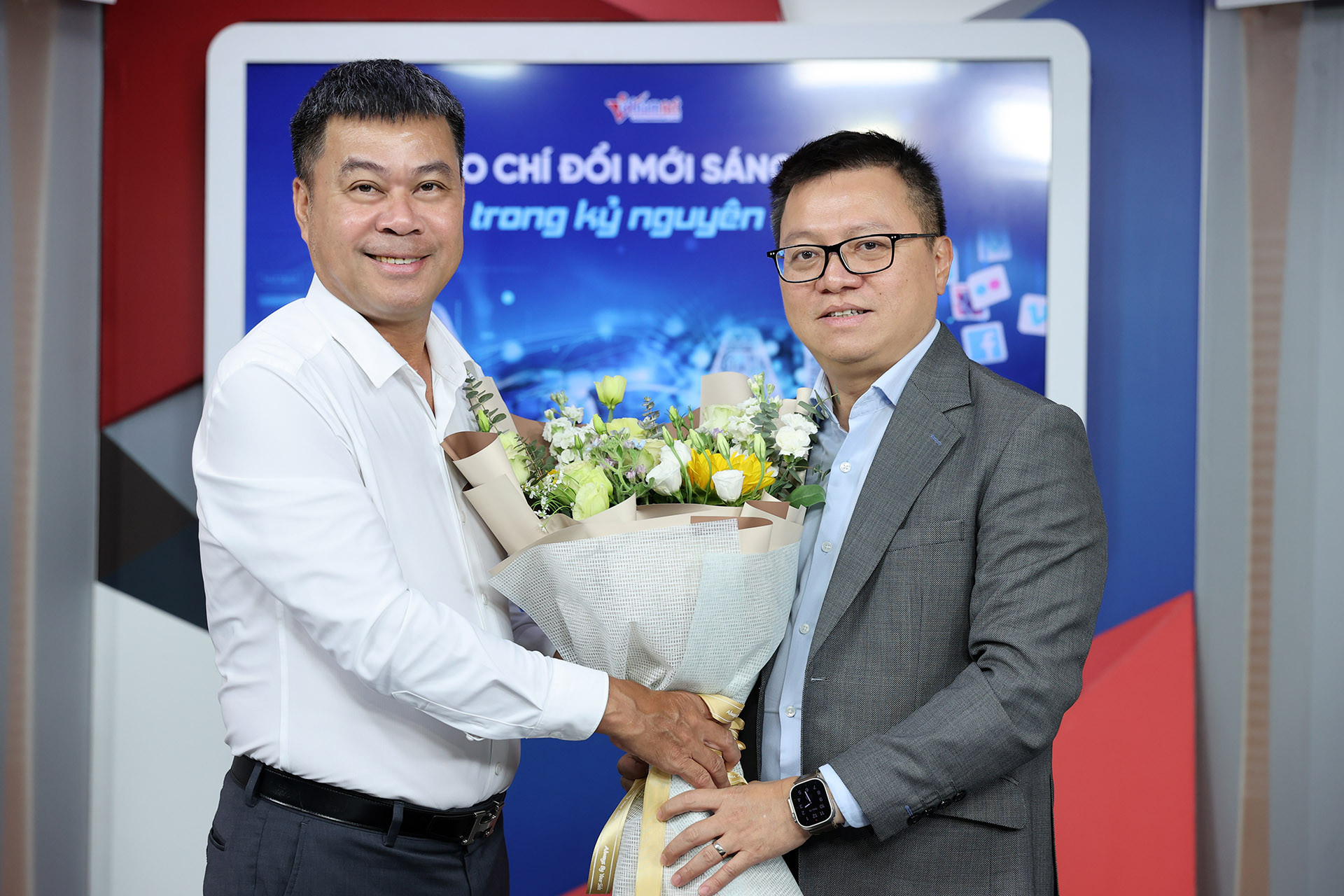
Could you please tell us how digital technology has affected the press and communications?
Over the last 20 years, we have witnessed the strong rise of technology in the press and technology has become an indispensable part of journalism.
However, in Vietnam, this trend began not a long time ago. For a period, we have been applying technology for only simple things. Even when we have e-newspapers, they are just like print newspapers on an electronic platform.
The Covid-19 pandemic was a factor that fostered the digital transformation process and the utilization of technology in daily performance of press agencies, from organizing online meetings to using different tools to produce content.
However, it is undeniable that not many press agencies have really gone digital, while the ‘digital newsroom’ model still doesn’t exist in Vietnam. In most cases, press agencies use traditional ways combined with some new technological tools to produce content.
Minister of Information and Communications Nguyen Manh Hung at the National Press Forum held last March said: “Digital innovation is the new driving force of journalism. Investing in digital technology, digital human resources, digital data and digital innovation will be investment in the future of journalism."
Can you comment about the Minister’s statement?
Some press agencies in Vietnam have made considerable progress. The Vietnam National Television and Voice of Vietnam early on began applying technology and carrying out digital workforce.
We can see that the way VTV 24 runs its social network channels is really professional and different from other press agencies which just simply broadcast content on Facebook fanpage, YouTube and other social networks.
Vietnam News Agency, when I was working in 2018, developed a chatbot and won an OANA (The Organization of Asia-Pacific News Agencies) prize. Big press agencies have gained initial achievements when preparing for digital economy and digital transformation.
Meanwhile, other press agencies seem to go too slowly in this field. They seem to keep be waiting to see if other press agencies succeed in their reform, and wait to find out which models they should copy, rather than creating a model of their own. Some press agencies think that digitization will be very costly, and the workforce cannot be prepared enough.
At some press agencies, young reporters use administration systems, control article publishing and process images. And that is all.
However, in recent years, I can see great strides made by some local press agencies, which proves that small press agencies can also succeed if they can find reasonable models for them.

You have talked about innovations in journalism. I want to mention the special publication released on the occasion of the 70th anniversary of the Dien Bien Phu Victory, which has created a wave of collecting publications among youth. Could you please tell us more about the publication?
For a long time, press agencies have been following a traditional way in celebrating the nation’s important events. One month before the commemoration, press agencies build special websites or special columns, and then publish content there, which could be information and articles under the form of texts or images.
We decided to commemorate the event in a special way instead of a traditional one. We launched a website, which was just like a diary recording the 56 historic days of the Dien Bien Phu battle. Readers can read the diary and look forward to continuing reading the next days. In addition to reading, they can play games to check their knowledge.
We also created a 3.21 meter-long picture, a record for print newspapers, by using augmented reality (AR) technology, scanning codes and moving images. We organized an exhibition to welcome visitors. With the app installed on smartphones, users can scan AI images at the exhibition.
Could you please tell us about the role of innovation, with the focus on increasing the interaction between editorial board and readers?
Nowadays, in the context of information overload, press agencies need to create new products to attract viewers. The problem is how to package the data.
Nhan Dan newspaper, for example, has priceless assets, which include 1,200 articles by President Ho Chi Minh. It is nearly impossible to find the articles in a traditional way. Therefore, we decided to package the articles into electronic products, which makes it easy to find them.
There is no boundary for creativity.
Thai An